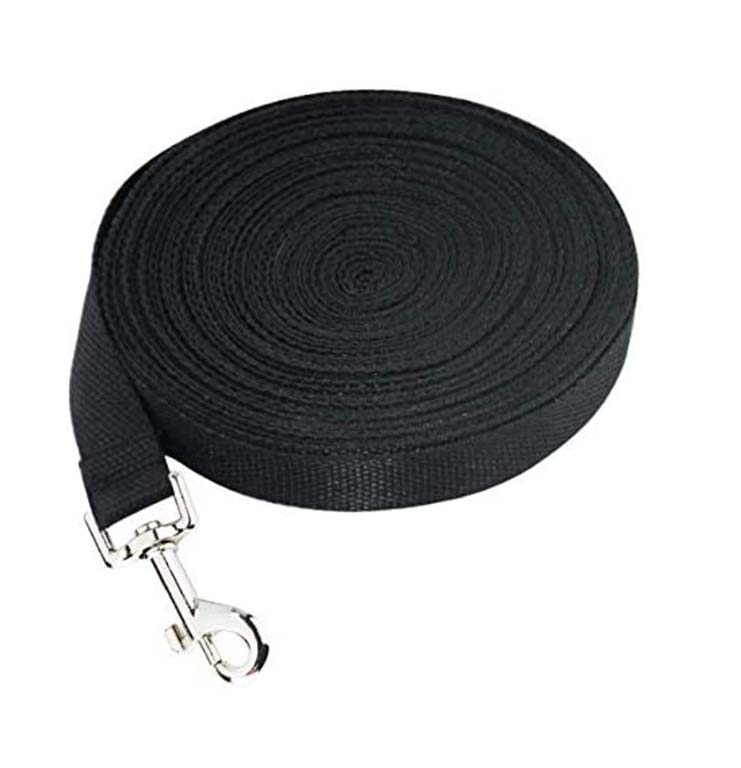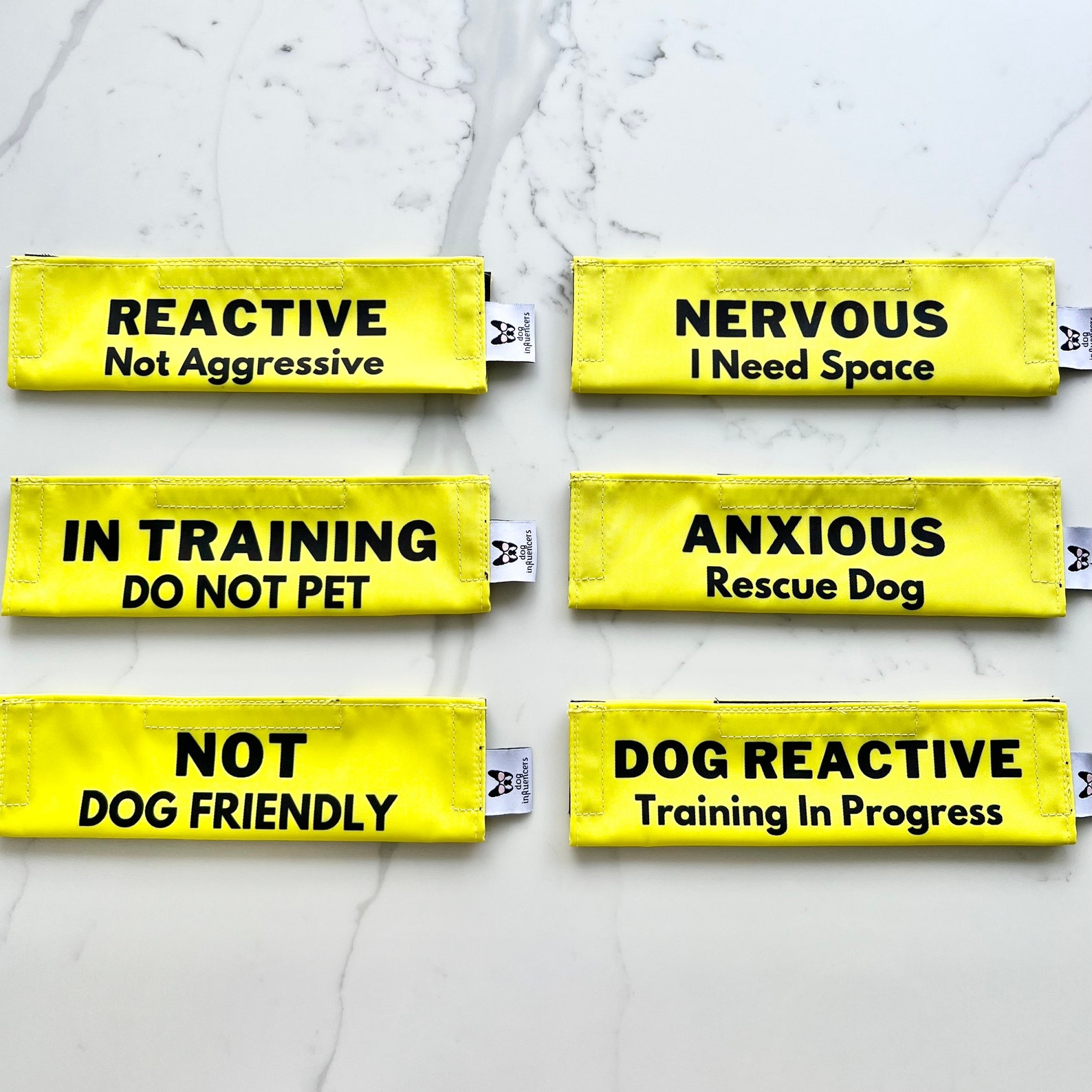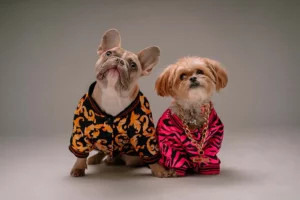If you’re reading this article there’s a good chance that your puppy is currently between 6 – 18 months old and has recently stopped listening to you. In other words, your puppy is a teenager now and you’re wondering what the life cycle of a dog is and whether this will ever get better again.
We won’t blame you, we’ve all been there. Similar to human teenagers, being an adolescent dog means that your puppy is now in the rebellious stage of its life. You know, the one where they develop a desire for independence alongside selective hearing.
Your puppy has basically just lost its brain for a little while.
In this article, we’ll discuss how you can best deal with this phase of your dog’s life cycle.
Table of Contents
ToggleWhat’s the Life Cycle of a Dog?
The life cycle of your dog is the following:
- Puppyhood
- Starts when your dog is born and ends when adolescence starts, typically around six months of age
- Adolescence
- Your dog is a teenager now. In most cases, this phase ends between 12 months to 3 years of age. It’s not unheard of that a dog is still acting like a puppy when they’re over two years old.
- Adulthood
- Also known as the good times that start once your dog has grown out of the rebellious teenager phase.
- Senior
- Your dog will be considered a senior after his adulthood, which often starts at 6-7 years old.
How Do I Know If My Puppy Has Reached Puberty?
A dog’s puberty phase typically goes from about six months to 12-18 months (learn more about this here: Do Dogs Go Through Puberty?).
The start and end of dog adolescence will vary across breeds as well as individual dogs. Small dog breeds often mature quicker than large dog breeds. Some dogs are simply born more mature than others.
That said, it typically won’t be hard to tell if your puppy has reached puberty. If your dog is not listening to you anymore, is embarrassing you and acts like it never had a single training session in its life, you’re like in the puppy teenage phase.
If you had a problematic puppy that frustrated you and if you couldn’t understand why people made comments such as ‘puppies grow up way too soon’, well, now you know. It’s because what awaits you after puppyhood can be way worse than the baby phase of your dog that you just went through.
Most surrendered dogs are between 5 months and 3 years of age
It may not surprise you to find out that most dogs that are surrendered to shelters are between 5 months and three years of age.
The reason for this may be that we often have this romantic fantasy about what it’s going to be like when we decide to get a puppy. We don’t realise that a lot of the time, our puppies will need our help and support to grow into the awesome mature dogs that we dream of having.
The adolescent phase is where many dog owners lose hope and give up. They think they got a crazy dog who will never change. Don’t be one of those people. Hang in there. It’s just hormones, and there’s a very good chance that things will get better with both time and consistent training.
What Is An Adolescent Dog?
An adolescent dog is a dog that’s in between being a puppy and an adult dog. It’s also referred to as the rebellious stage your dog will go through before becoming the amazing adult dog you’re hoping to have.
In adolescence, dogs often become incredibly active. They will also be teething for at least some of this phase, so it is important to take precautions to limit possible chewing adventures.
Your dog may also develop selective hearing during this period and act like it never had a single training lesson in its life.
How To Deal With Adolescent Dog?
First of all, DON’T PANIC. Handling an adolescent dog can be a handful, but your dog will grow out of it eventually.
First and foremost, take it with patience and humour. Pay attention to yourself. If you notice that you’re getting angry at your dog, remove yourself from the situation if you can. Dealing with a dog who is not listening is frustrating.
Don’t interact with an adolescent dog if you feel frustrated, your dog will pick up on it, and the situation will only get worse. It’s typical for dogs of this age to be a little nightmarish. They don’t do it to annoy you.
Your dog just can’t help itself at the moment. The hormones have taken over. Hang in there. Your dog’s brain will grow back sooner or later.
During canine adolescence, you might find that your dog is a different dog every other day. Some days your dog may be perfectly fine, while on other days it’ll be the total opposite.
How To Calm An Adolescent Dog
During adolescence, dogs are very energetic and on high alert.
You might even notice your dog reacting to every single unusual sight or sound at home, which can be frustrating. As they grow through this development phase, dogs are trying to find their place in the world. They will need your patience and guidance as much as possible.
A lot of the time, aroused dogs find it hard to listen. Dogs make better decisions and are more responsive when they are less aroused. You can help your teenage dog by interrupting play frequently and practising a few tricks and commands that demand an element of calmness before letting them go back to play.
How To Socialise An Adolescent Dog
With an adolescent dog, you might find that your puppy is suddenly barking and lunging at things that haven’t previously been a problem.
While many dogs can benefit from positive interactions with other dogs during adolescence, some might have to take a break from their dog social life until they’re more responsive again.
During this period, your dog is most likely to overstep social boundaries and earn himself a disciplinary snap. Avoid negative interactions for both yourself and other dogs by only letting him interact with dogs he already knows during difficult periods.
Your dog is at a time of his life where he’s most likely to make stupid decisions. It’s your job to assess the risk of these decisions.
Avoid him and others from getting hurt or frightened. Don’t let him practice unwanted behaviour; just wait it out.
You are helping your dog as well as other dogs and owners by ensuring that your dog won’t provoke aggression from other dogs. Dogs in this age group might benefit from being kept busy at home with lots of enrichment activities and physical exercise.
If you allow your dog to make social mistakes too often, he could learn that other dogs aren’t much fun. Avoid this when you can as it can cause behavioural issues in adult dogs.
If you feel like your dog is going through a very long and intense phase of problematic adolescent behaviour, seek the help of a behaviourist vet and/or qualified dog trainer.
How To Stop A Puppy From Chewing
Dogs will be teething for part of their adolescence, so they literally have an uncontrollable urge to chew anything and everything they come across during this phase. There are several things you can try to prevent your puppy from chewing through the things you love:
- Buy your puppy plenty of good quality chew toys to redirect to when you catch your dog chewing the wrong item
- Don’t give your puppy access to places with dangerous or valuable items if you can’t supervise your dog
- Exercise your puppy regularly, both physically and mentally. A tired dog is a good dog, especially during adolescence
- Give your puppy edible chew items such as rawhide and chew sticks
- Try spraying things with chew-stop sprays, but note that they don’t work for all dogs
How To Train An Adolescent Puppy
If your adolescent dog acts as if he’s never had a single dog training session in his life, start over with the basics and train consistently. Put your dog back on a long leash if you need to until he reliably comes when called again.
Teenager dogs can be extremely energetic, so you might have to work hard on ensuring he doesn’t pull while on the leash. Seek out the help of a qualified trainer if you need to.

15m long dog leash with stainless steel quick release clip

In-training warning leash sleeves shipped from Sydney
Do Dogs Know They Misbehave?
Dogs don’t understand the consequences of their actions in the same way humans do, so their understanding of misbehaviour is different. Data shows that punishing a dog after it misbehaves is ineffective.
























